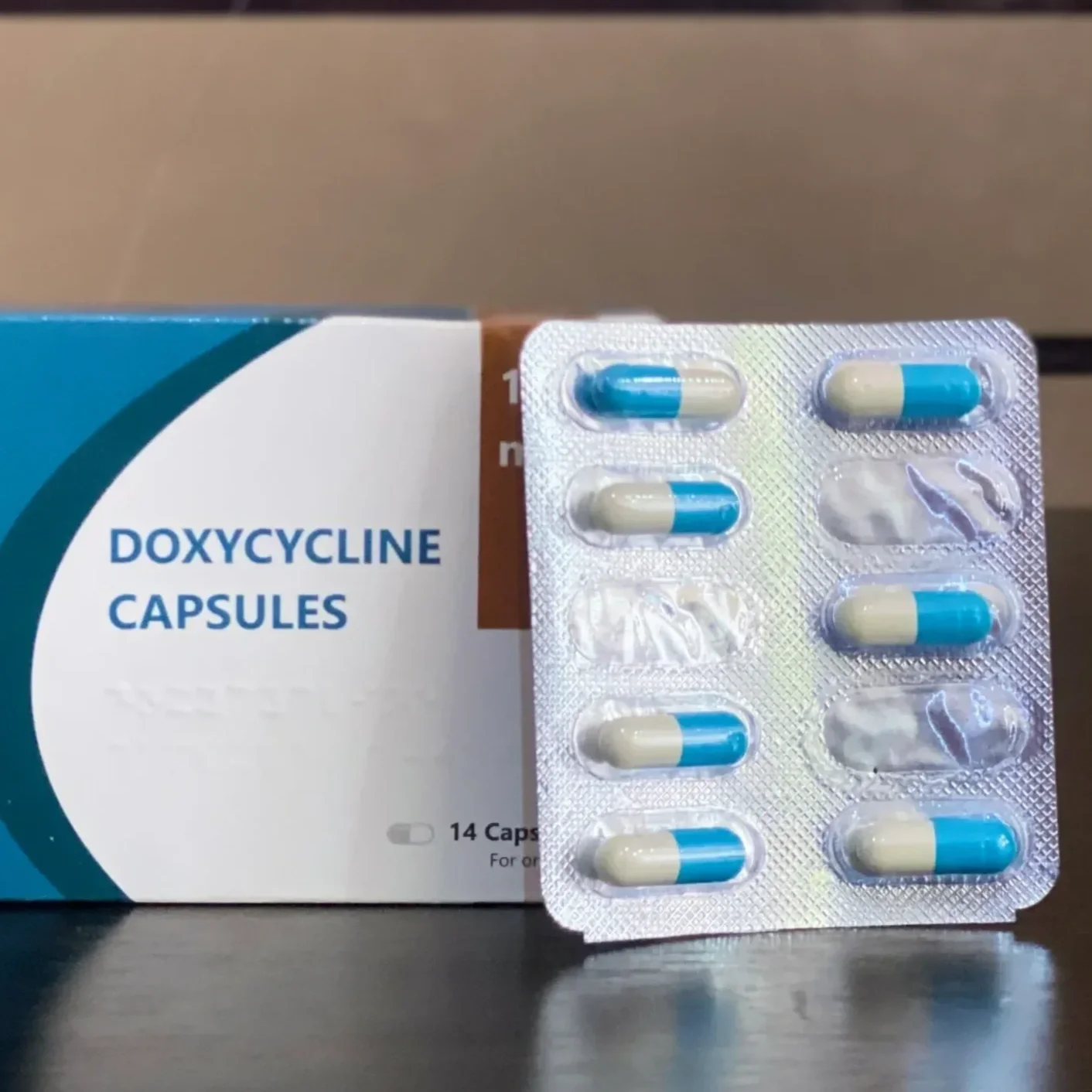How to Spot Lyme Disease Early: Tick Testing Options & Prevention Tips
Lyme disease is a serious illness spread by the bite of an infected black-legged tick also called a deer tick. If not caught early, it can lead to joint pain, nerve damage, and long-term health problems.
However, if you catch Lyme disease early, it’s usually easy to treat. So, let’s understand how to detect Lyme disease early, what tick testing is, and what treatments can help protect you or your loved ones.
Why Early Detection Matters?
When Lyme disease is caught early, treatment is simple and very effective. But sometimes the signs can be easy to miss, especially in the beginning. The first stage of Lyme disease might just look like a rash or a bit of tiredness. But if it spreads, it can affect your heart, joints, and even your brain.
That’s why learning about early signs and testing options is so important.
What Is Tick Testing?
If a tick bites you, don't throw it away. You can actually send it to a lab for testing. Tick testing means checking the tick for diseases like Lyme. It doesn’t confirm whether you are infected, but it helps show if there’s a risk.
Why test the tick?
Ticks can carry Lyme disease, anaplasmosis, babesiosis, Powassan virus, and other infections. If you test the tick and find it carries a disease, your doctor can take steps to help you quickly.
How to save a tick for testing?
Use tweezers to gently remove the tick from your skin.
Put the tick in a clean ziplock bag, padded envelope or crushproof container.
Label it with the date and location of the bite.
Store it in the fridge until you can send it.
Never use tape or formalin as labs won’t accept ticks prepared that way.
Where to send the tick?
Lyme Warrior provides helpful info on tick testing. Some of the services include:
Tick Report - ($50-$200)
Tick Check ($50-$425)
Ticknology ($35-$55)
TickLab - ($50-$150) (Basic is free for PA residents) (Can send up to 5 ticks at no additional cost)
NYTicks.org - NY residents can now get ticks tested for free
You can learn more about this through Lyme Warrior’s tick testing resources.
Preventative Lyme Treatment After a Tick Bite
If you’ve been bitten by a tick, and the tick tests positive for Lyme disease, you don’t have to wait until symptoms show up. There are two main ways to protect yourself early.
1. Doxycycline (30-Day Course)
Doxycycline is a powerful antibiotic that’s often the first choice for Lyme prevention. It works best when taken within 72 hours after removing the tick. Doctors usually prescribe a 30-day dose if the risk of Lyme is high.
Note: Pregnant women and children under 8 may need a different antibiotic.
2. Andrographis (Buhner Protocol)
If you prefer natural options, the Buhner protocol includes using Andrographis paniculata. This herb is believed to help stop Lyme bacteria from spreading in the body. It’s usually taken for 30 days, just like antibiotics. According to herbalist Stephen Buhner, andrographis works by boosting the immune system and stopping bacteria from growing. However, you should always consult a licensed practitioner before starting herbal treatments.
What Are the Symptoms of Early Lyme Disease?
Early Lyme symptoms show up within 3 to 30 days after a tick bite. Here’s what to look out for:
A red, expanding rash (called erythema migrans or EM) that may look like a bullseye.
Fever
Headache
Stiff neck
Fatigue
Swollen lymph nodes
Joint or muscle pain
Some people don’t even notice the tick bite because the tick is tiny and the bite is painless.
Why Blood Tests Can Miss Lyme Early On?
One important thing to know is that Lyme blood tests aren’t always accurate in the first few weeks. The tests look for antibodies that’s your body’s response to the bacteria. But it can take 4 to 6 weeks for enough antibodies to appear in your blood. That means if you get tested too early, the result may be negative even if you’re infected.
This is why doctors don’t rely on tests alone. They look at:
Your symptoms
If you live or visited an area with ticks
If you saw a tick or had a bite
Any rashes or joint pain you have
Western Blot Test and Limitations
The Western blot test is a laboratory test used to detect antibodies your body makes in response to Lyme disease. It is part of the CDC-recommended two-step process for diagnosing Lyme. However, this test may not show positive results in the first few weeks after infection because your body needs time to produce detectable antibodies.
Even months or years after treatment, the test may still show positive, not because you are still sick, but because your immune system remembers the infection. This test confirms Lyme disease when combined with symptoms and risk of tick exposure.
What If I Have a Co-Infection?
Sometimes ticks carry more than just Lyme disease. They can also spread:
Anaplasmosis (10% of Lyme cases)
Babesiosis
Powassan virus
If you have more than one of these at the same time, it’s called a co-infection. Anaplasmosis is usually treated with the same antibiotics as Lyme. But babesiosis, for example, needs different medications.
If your symptoms don’t go away after treatment, your doctor may check for co-infections.
What If Symptoms Don’t Go Away?
In some cases, people feel tired or achy even after they finish antibiotics. This is called Post-Treatment Lyme Disease Syndrome (PTLDS). Doctors don’t know exactly why it happens, but it’s not because the bacteria are still in your body.
Symptoms usually go away on their own over time. A few people may also hear about “chronic Lyme disease,” but this term isn’t well defined and is not used by most medical professionals. Extended antibiotics usually don’t help with PTLDS.
Can Lyme Disease Be Prevented?
Yes. The best way to protect yourself is to prevent tick bites in the first place. Here are some tips:
Wear long pants and sleeves when in wooded or grassy areas.
Use insect repellent that contains DEET or permethrin.
Stay on trails and avoid tall grass.
Check your body and pets for ticks after outdoor activities.
Shower soon after coming indoors.
Keep your yard clear of tall grass, leaves, and wood piles.
Read more on the Lyme Warrior website here.
What to Do If a Tick Bites You?
Remove it with tweezers but don’t use your fingers.
Clean the area with soap and water.
Save the tick in a ziplock bag.
Send it for testing.
Watch for symptoms over the next few weeks.
Contact your doctor if you notice a rash or feel unwell.
Final Thoughts
Lyme disease can be scary, but early detection and the right treatment make a big difference. If you’ve been bitten by a tick, don’t panic. Save the tick, learn your options, and stay aware of the signs. Whether you go the antibiotic route with doxycycline or explore herbal options like Andrographis, acting early is key. And don’t forget that tick testing is a helpful tool for understanding your risk. It won’t diagnose you, but it can guide what to do next.


